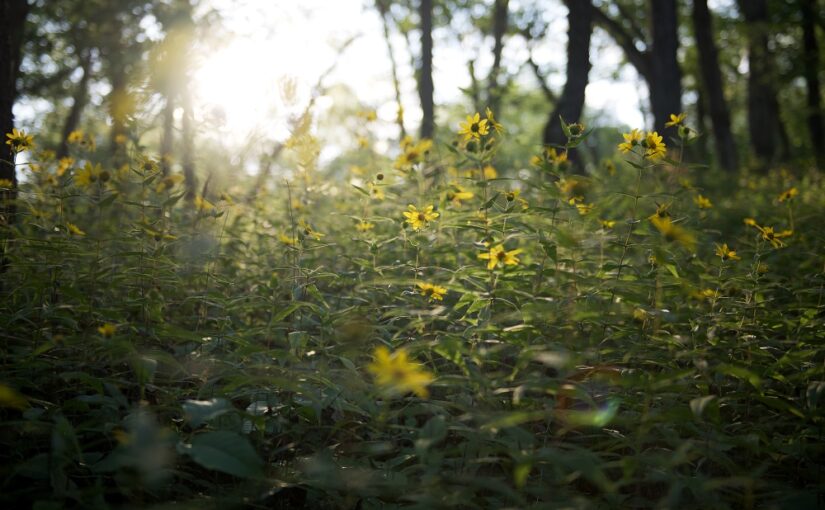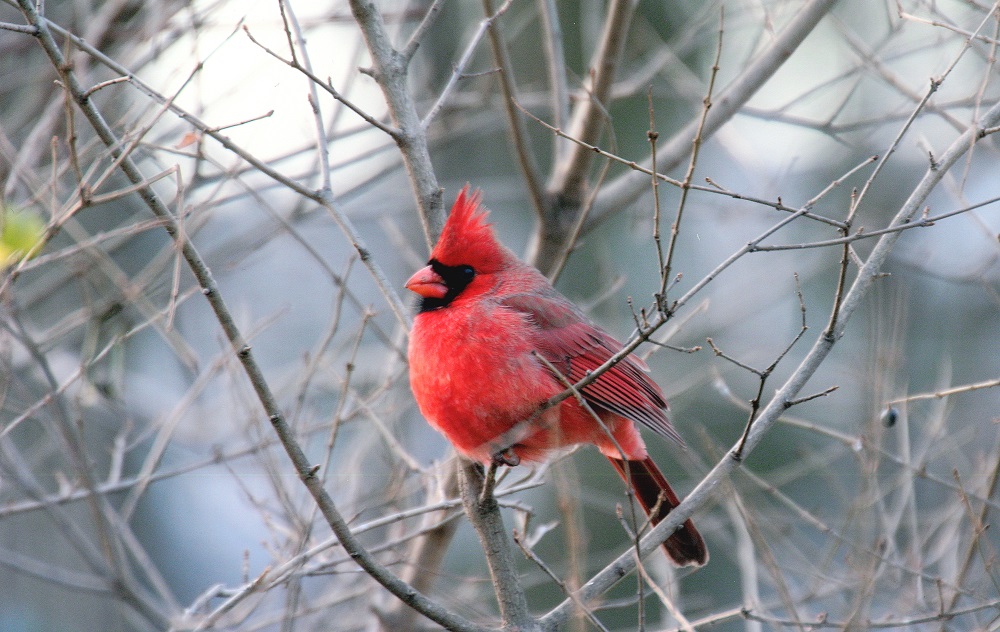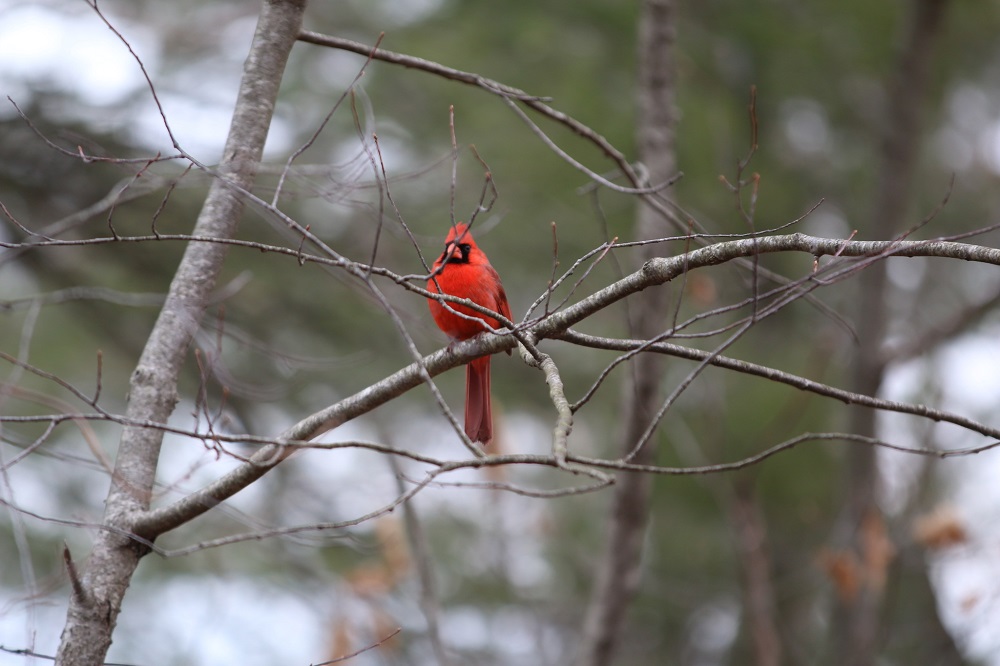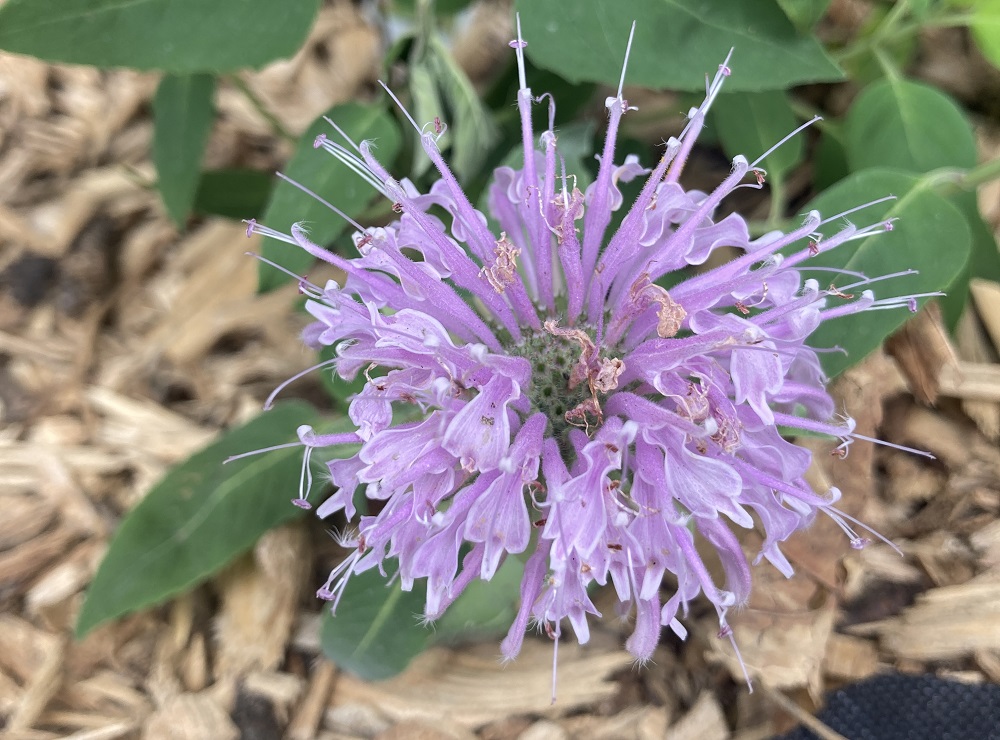In honour of Pride Month, Park Naturalist Jared Sanders takes us through some of the species that aren’t afraid to stand out in Pinery Provincial Park.
Every time I go for a hike at Pinery, whether alone or with visitors, I fall back in love with the scenic nature.
In the winter, the chilly blues and whites freeze the trees in a hauntingly beautiful sight. The deep viridian of cedars and pines serve as a reminder of just how much life is hiding away.
Spring heralds the sight of fresh growth. Starting with the mosses amongst the brown leaf litter, quickly followed by the vibrant greens of the ephemerals and new leaves.
Summer continues with visions of beachy days. The desert-like beige of the sand is only tamed by cool, refreshing cerulean from the lake or the emerald leaves above giving solace from the warm haze of the sun.
Fall lights the trees ablaze with hues of red, orange, and yellow. A warm goodbye to most of our wildlife as they prepare to hunker down or head south as things continue to cool.
When I think back and appreciate the beauty of these scenes, I can see them vividly in my mind.

However, there are some parts of my memories that don’t quite blend in with the rest. Not everything fits perfectly into these vibrant backgrounds.
In fact, many sights stand out, completely contrasting from their surroundings.
In honour of Pride Month, I’m challenging myself (and all of you) to pay some special attention to the creatures that proudly and fiercely stand out.
Maybe we’ll learn some lessons from their comfort, and courage, in being different.
Luckily for us, keeping an eye out for these standout species is fairly easy — they do stand out after all! Our eyes naturally are attracted to things that have a hard time blending in.
In my recent hikes, I’ve come across three showy residents of our park that I’d like to share with you.
Not afraid to show its colours
This past winter, on a hike through the snow-coated trees just as I described earlier, I stumbled across one of the most radiant Northern Cardinals I had ever seen.
His bright red plumage so stark against the snow that it almost felt like he was melting away his surroundings.
Images like this make it easy to wonder, “Why be different?” Surely it would be a better strategy for this bird to keep its plumage brown and drab like the rest of his feathered friends at this time of year.
Luckily for the cardinal, being different is exactly what its supposed to do, something that would serve us humans well to remember.
Its cherry-red feathers are a statement of defiance, showing that it can thrive despite being noticed by every predator nearby — a very attractive trait to any potential mates.
Shaped for success
Sometimes the differences we see aren’t necessarily from animals like the cardinal. Even plants that would normally take a background role in these beautiful dioramas can have quirks that make them take centrestage.
When hiking on a hot day in the middle of the summer, I’ve noticed how Wild Bergamot is a standout among the wildflowers of Pinery. Its striking and unique appearance differentiates it from everything else you’ll come across.
The flower’s distinctive lavender-pink shade is hard to miss. Watch closely and you’ll see them drawing in bees, butterflies, and other pollinators — an impressive feat considering how many blooms compete for their attention!
It’s not just the atypical color that makes this flower so different.
The odd shape of the Wild Bergamot blossom is equally as impactful on your eyes, but just like with the Northern Cardinal, these confusing differences are what allows the plant to thrive!
Bergamot flowers provide a landing pad that acts as a convenient spot for pollinators to rest while they gather nectar.
The strangely-shaped petals of Wild Bergamot curl up and outwards, creating a small dome that protects the pollen from the wind and allows insects to easily enter and exit without being deterred by strong gusts.
Many other flowers, especially those with a more conventional shape, aren’t as welcoming as hosts to pollinators, meaning Wild Bergamot has an edge when it comes to competition.
A difference of perspective
Another good example of a contrasting creature that I’ve come upon in my walks at the park is the rich orange coat of the Red Fox.
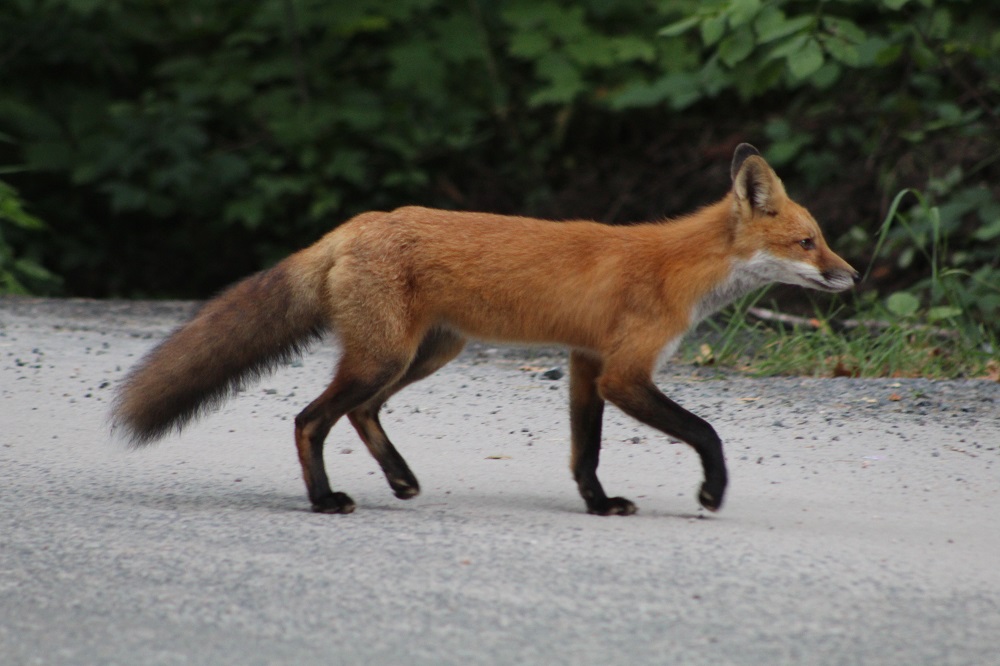
These animals have the reputation of being cunning, sly, and stealthy, which is somewhat ironic when their fur and the green foliage around them couldn’t look any more different!
These reclusive mammals tend to stay away from us loud and rowdy humans, but when they do cross our paths its hard to miss their brilliant colour.
Again, making you ask — why? If we can see a fox in a backdrop of trees so easily, surely the small animals they’re hunting can do the same, right?

Funnily enough, the answer is actually no! The majority of the prey of a Red Fox (squirrels, possums, rabbits, and more) are red-green colour blind. The orange fur actually helps camouflage the fox from the food they’re trying to hunt!
Learning this was a good reminder that different perspectives change everything.
Something or someone may stand out and appear “different” to you, but in their own world, that creature or person fits right in.
Take a look around!
These three are just a few examples of the amazing and beautiful members of our ecosystems that dare to be different.
If you head out for a hike this June, I encourage you to take extra time to stop and look for the things that boldly pop out at you.
Pause and think about how those creatures’ quirks help them thrive, even if it doesn’t make sense to you at first glance!
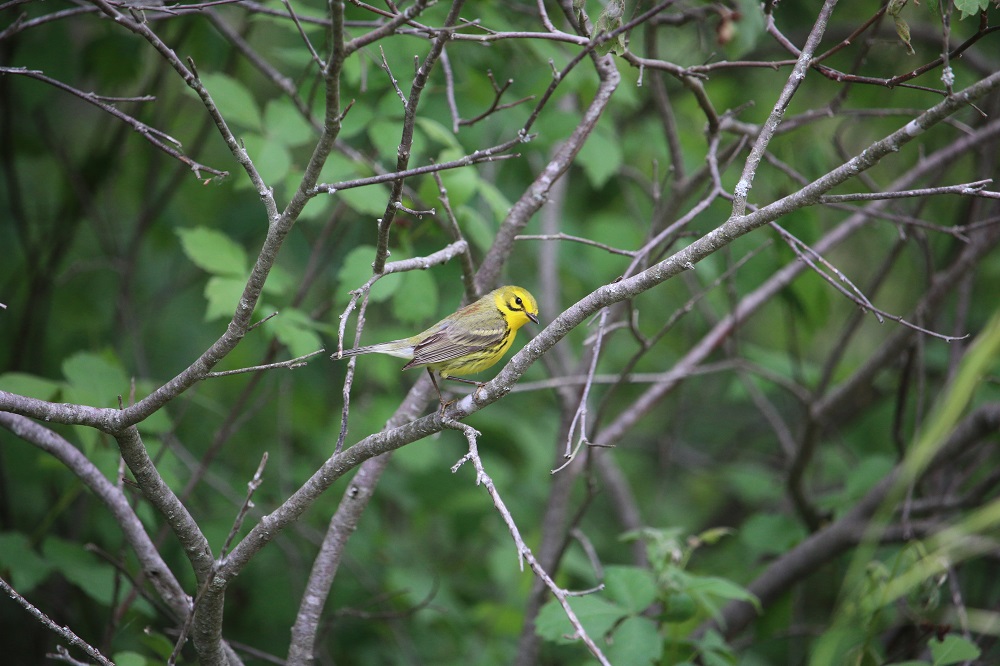
We need to do the same in our everyday lives. These park residents remind us that differences are amazing and should be appreciated!
It’s easy to criticize when something or someone doesn’t conform to a broad norm. But it’s important to remember that difference is what makes forest ecosystems thrive. The same is true for people. When people have the space to truly be themselves and be accepted for who they are, our communities thrive.
I encourage all of us to reflect on what makes us unique, what makes us stand out, and celebrate each other for the things that keep us from fading into the background.
Happy Pride Month from all of us at Ontario Parks!
